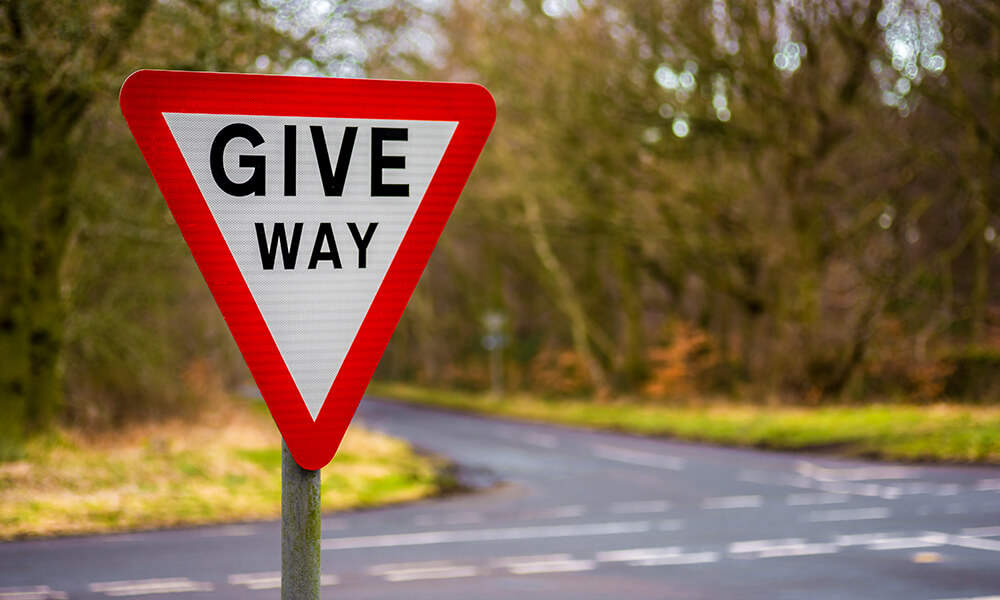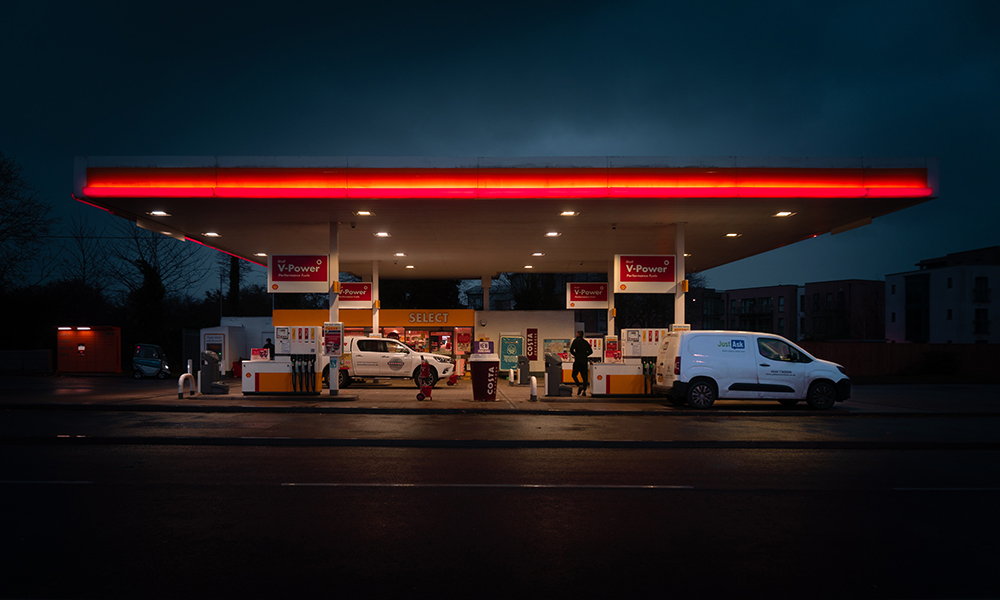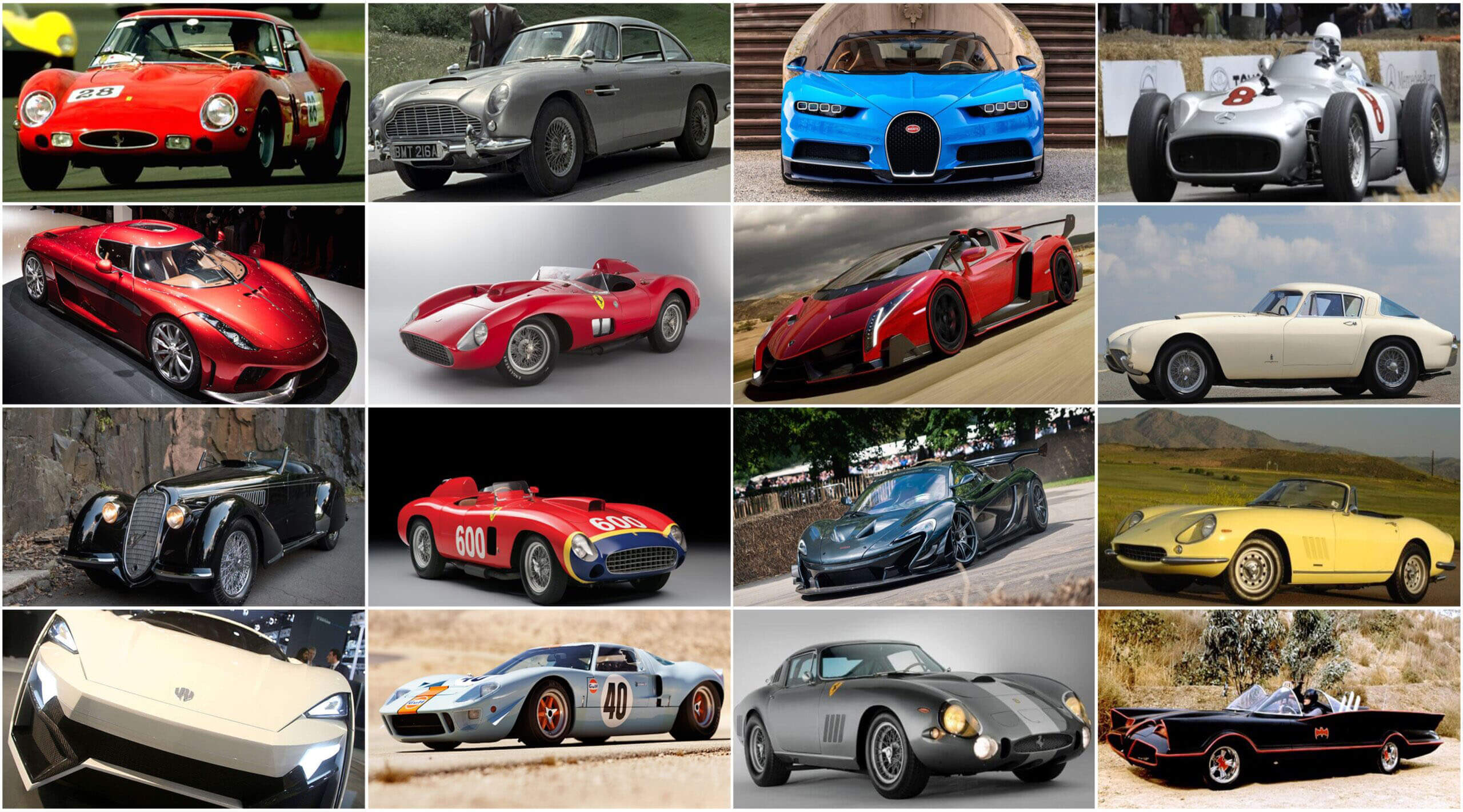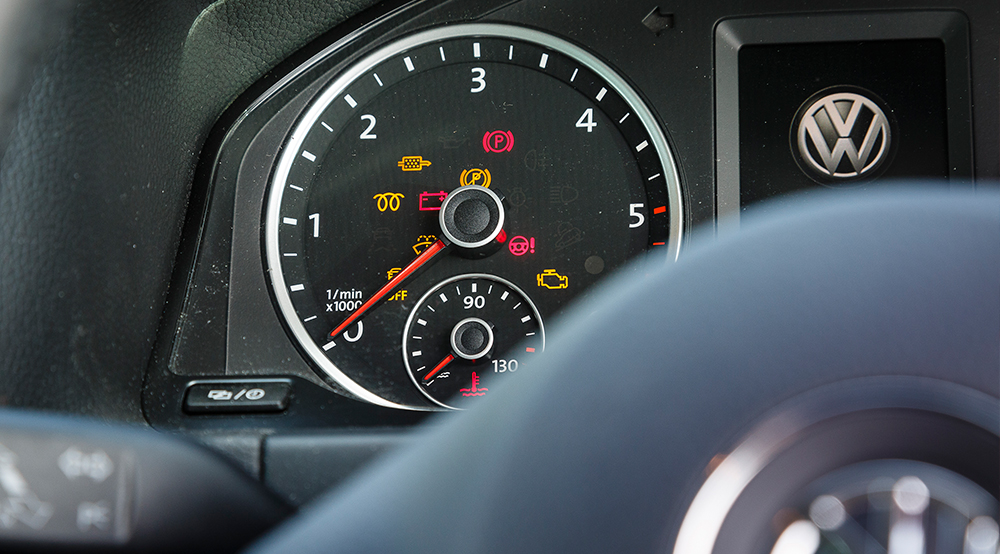There’s snow problem! How do other nations deal with winter weather?

As a nation, we have a lot left to learn.
The first weather warnings for snow have just been released, naturally prompting mass-panic and grit shortages.
No, we’re just kidding – or are we?
It’s no secret that the UK is always badly prepared for any kind of inclement weather – as the beast in the east proved at the beginning of 2018. Despite our best intentions, as soon as the first flake of snow settles on the M25, the country grinds to a halt.
So, as we begin to brace ourselves for a potentially white Christmas, how do other countries cope with bad weather?
No.1: Compulsory winter tyres
Winter tyres are specifically designed to cope with the colder temperatures. They’re made of a different type of rubber (compared to regular tyres), that doesn’t become brittle when the temperature drops, and have deeper tread grooves that help vehicles grip the road better in the cold and ice.
In Sweden and Germany (and many other European and Scandinavian countries), it is a legal requirement to have winter tyres on your vehicle for specific periods of the year. Drivers should also be carrying snow chains, to further help their vehicles grip. If a road user is found to be in violation of this law, they receive a fine – which can skyrocket if it is determined they have caused an accident or a traffic jam.
No.2: Heated roads
Heated roads are an innovative alternative to gritting roads in many countries – including Japan, Iceland and many Nordic nations. Regular roads are upgraded by having networks of pipes installed underneath the tarmac. When the snow starts falling, hot water is pumped through the pipes, meaning the snow can’t settle! Unfortunately, installing the piping is an expensive investment in infrastructure, but it is an effective method of minimising the risk of accidents and ensuring that the country doesn’t grind to a halt.
No.3: Snow ploughs
In some countries, as soon as the first snowflakes fall, road-clearing measures are sprung into action – emptying the roads before they even become a problem. In countries that are used to snow – like Canada and Russia – these actions are necessary for making sure life moves on.
In 2015, a Canadian man even launched an Uber-like service for ploughing snow – designed to help clear roads and driveways during periods of severe weather – just like a real-life Mr Plow!
The Russians have a more unorthodox method of clearing snow from roads – can you imagine seeing this instead of a gritter?
No.4: Driving Competence
Due to the dynamic nature of weather in some European countries, it’s unsurprising to learn that sometimes, it is harder to obtain a driving licence than in the UK. In countries like Finland, it is expected to take new drivers at least two years to get their full licences – and it is mandatory to practice on slippery roads. Thankfully, the result of this is that Finnish drivers are quite literally prepared for anything – reducing the risk of accidents when the weather truly turns!
No.5: Winter maintenance
When it comes to winter road maintenance, Finland is a very forward-thinking country. Every winter, roads must be surveyed on a weekly basis and assessed based on their condition. Roads are classified based on their usage, with “priority” roads being of the greatest concern – they must always be kept free from snow: minimising the risk of accidents and potholes. Imagine if Highways England made potholes a priority?































































